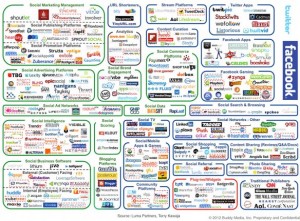It works. It makes money. Think about it. Why would so much effort be made to create and disseminate something that it seems everyone hates and never reads?
There is a lesson about social media marketing in today’s example. My wife received an email that spoofed my name. It wasn’t from any of my accounts. It was correctly marked “Junk” by her email app. She didn’t notice anything other than it seemed to be from me, opened the email and clicked the link. This was a successful transaction in terms of marketing and shows why companies are spending money of Facebook to replicate this kind of effectiveness because of the social engineering that is involved. People are simply more likely to act on something recommended by family or friends.
You can do something to counteract this kind of effectiveness. It may seem like a lot of work but you should make sure before you click any link that:
- The name of the person and the email address make sense
- The link’s text makes sense with the URL that you are going to visit. In most browsers you can see this address near the bottom of the screen when you mouse over the link.
The problem is compounded by the general lackadaisical approach people take to their passwords. A recent report on Mashable is titled:




